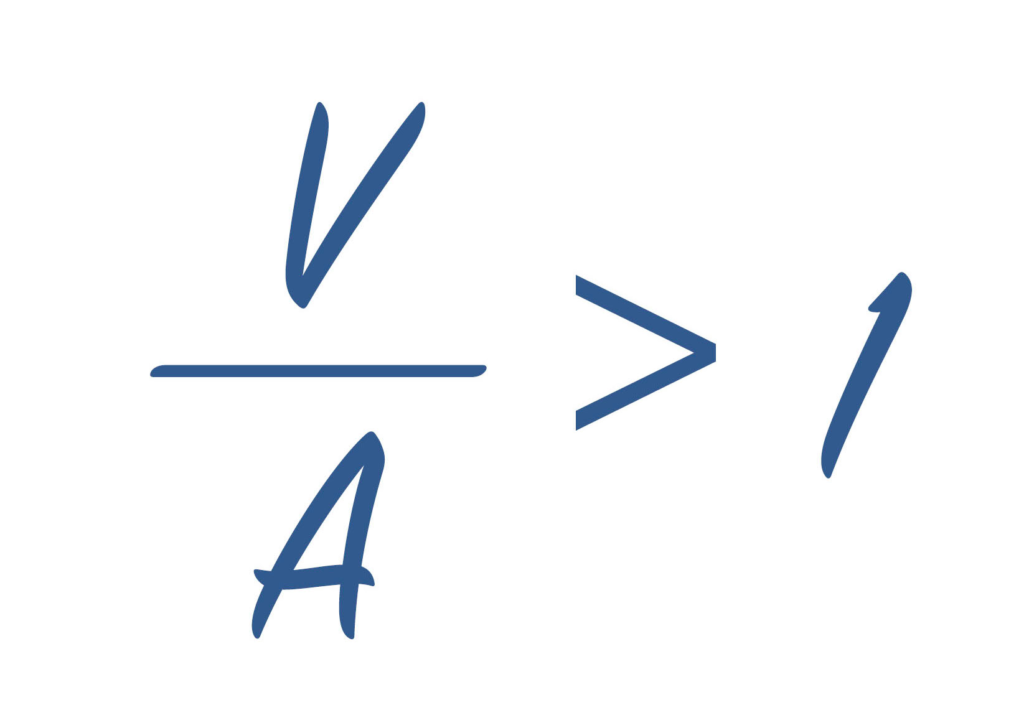Why Deals Get Stuck
I was recently having a conversation with a company that I partner with about where prospects get stuck in their sales process. As a marketing agency, they described a typical sales process to be discovery, expanded conversation, proof of concept and proposal. In the software world it be discovery call, demonstration, expanded conversation and proposal.
As they thought about a typical prospect, they found most deals stalled at the expanded conversation. It turns out this is also the stage where they discuss the typical cost of an engagement that ranges from $60k to $120k. They work with a lot of Private Equity firms and even when the PE firm referred them to the CEO of one of their portfolio companies, they would still lose traction once price was discussed.
Think about this for a moment. The PE firm has board members that work with the CEO. That represents a ton of credibility, and it still isn’t enough to move the deal to closure. I suspect that most of you don’t have that type of dynamic working in your favor.
Let’s look at what’s behind this from a human behavior standpoint. Whenever you sell a product or service to a prospect, you are directly asking them to change what they are doing today. Human beings for the most part are more comfortable with the status quo. We don’t like change because it represents something that is unknown to us. We also don’t like change because it requires time and effort to do something different.
If humans are so resistant to change, how does anything ever get sold? The answer lies in this very simple formula.

Value (V) over the Ask (A) has to be greater than 1. The larger the number, the greater the likelihood of a sale.
This shows up in two ways.
First, when you get to the end of the sales process, the Value (V) that you are holding out to the prospect has to be greater than the Ask (A). Most people think that the ask is the price of the solution. While that’s true, another big part of the ask is the change that has to happen inside their business. Sometimes the change aspect is more difficult to overcome than the price. Stop and think for a moment, what does it take for your product or solution to be implemented in the world of your prospect?
The second place this dynamic shows up is in the sales process itself. Let’s go back to the partner company I referenced earlier. They are losing deals at the expanded conversation stage of their sales process. In our conversation, I introduced the formula that the Value (V) has to be greater than the Ask (A) as you move from one stage of the sales process to the next. I asked for their honest assessment- are you communicating high value in the expanded conversation stage or are you asking for too much to move to the next stage?
Knowing them, I suspected that value was not the problem. They agreed. The price tag at this stage in the relationship was too big of an ask to continue the conversation. I suggested that there may be a smaller ask that they could introduce before moving to closing an engagement. They thought for a moment and said they had been toying with the idea of doing a competitive diagnostic. Specifically do some light research to see how the prospects marketing and website compare to their top competitors. Doing this would increase the perceived value at this stage and the ask would be the prospect sharing some marketing materials to review.
Value (V) goes up and the Ask (A) goes down. This increases the potential for more deals to move into the latter stages of the sales process. (They are just starting this, stay tuned for an update.)
When looking at the conversion rates in your sales process, find the stage where most deals get stuck and apply this formula to that stage. It may not be a diagnostic, but there are other things you can use: Paid Proof of Concept (POC), assessments, road maps or a small step they can take to have an experience with you and your business.
These all represent ways to decrease the ask, but what about the Value (V) part of the equation? Are you communicating high value at each stage of the sales process? This is where we’ve helped out clients over the past 7 years by giving them a framework for communicating high perceived value to their prospects in every conversation, demo or proposal.
********
We understand it can be difficult to know where to start when trying to communicate value in every sales conversation. That’s why we’ve created an E-book on communicating value that you can download here.
If you’d like some help in increasing your revenue by moving more deals through your sales process, reach out and let’s find a few minutes to chat on the phone. You can email me at dkurkjian@mastermessaging.com.